Format: PDF
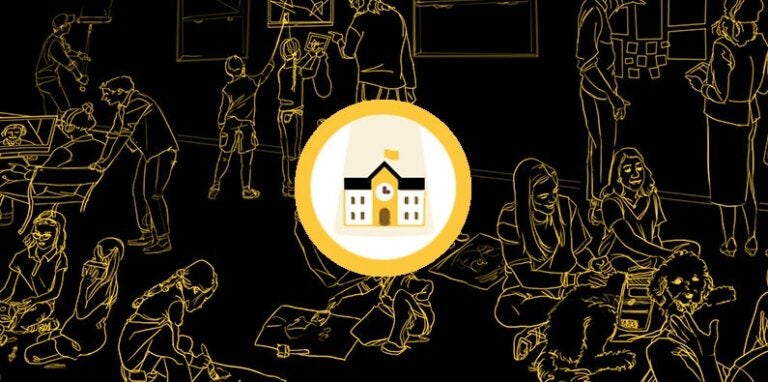
Riverview High School: Learning space layout
Riverview High School serves 90–120 students in grades 7–12. Many of these students have left their assigned district schools due to disciplinary reasons or are transitioning out of juvenile detention or residential treatment centers. In this resource, you’ll see the layout of their learning space.

Stevenson Elementary: Learning space layout
At Stevenson Elementary School, 75 third graders work with a core team of educators that includes a lead teacher, certified teachers and MLFTC residents. In this resource, you’ll see the layout of their learning space.

Whittier Elementary: Learning space layout
At Whittier, approximately 170 students in grades 4–6 will be part of multi-age learning communities called “houses.” Each house includes about 85 students and is guided by an educator team. In this resource, you’ll see the layout of their learning space.

Westwood High School’s Academy Teams: Learning space layout
Approximately 900 ninth grade students at Westwood High School in Mesa, Arizona are distributed across six Academy Teams. In this resource, you’ll see the layout of their learning space.
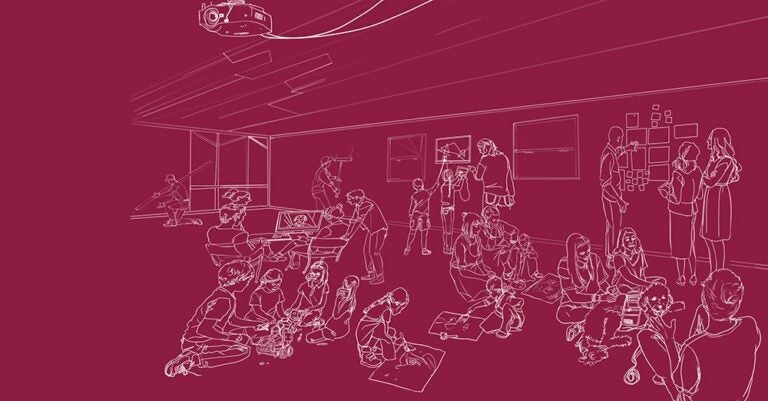
Financially sustainable staffing models
In this document, you’ll read about how two school leaders and one district-level leader make strategic shifts in funding and time to cover the costs of their new staffing models.

Do now, build toward
Leaders designing and supporting Next Education Workforce team-based models can use a “Do Now, Build Toward” mindset to make high-impact investments now that build toward a more diverse educator workforce, deeper and personalized learning and greater retention of educators.
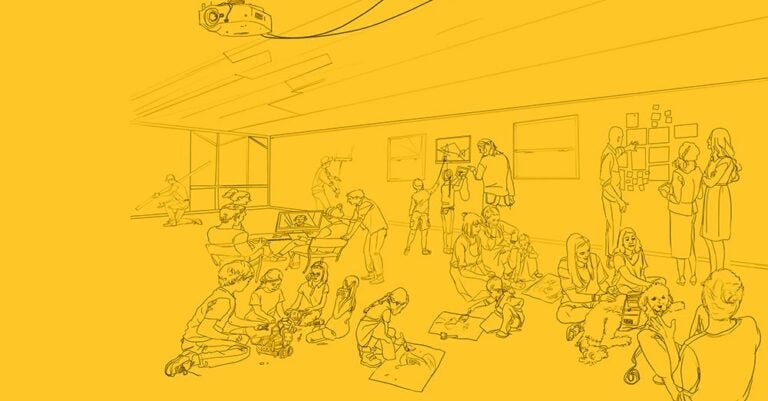
Quarterly team reflection protocol
This resource, created in collaboration with MLFTC’s Principled Innovation Team, proposes a quarterly, one-hour protocol intended to help teams reflect together and build the “muscles” of empathy, awareness and resiliency. The protocol guides the team through sharing quarterly wins, reflecting on an intentional set of questions, debriefing and identifying next steps.

Co-creating school design principles
Design principles are four to seven ideas that align with the school’s mission and vision and act as a guiding light for the school-level team implementing change. This tool suggests steps a team might take to prepare for a design session on co-creating design principles, offers a protocol for facilitating the session and proposes next steps for taking design principles from draft form to final state.
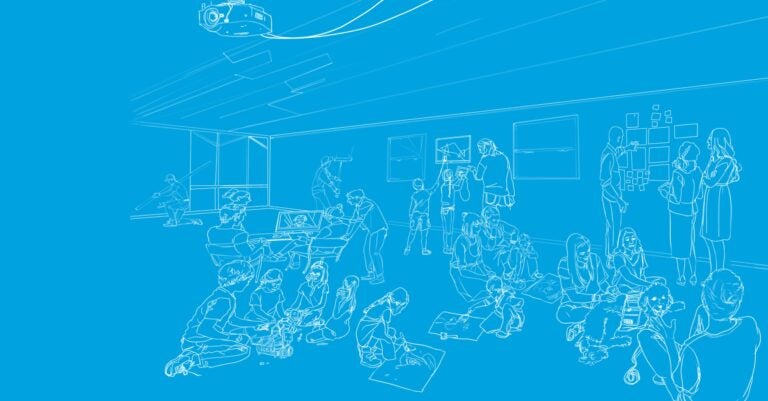
Elementary instructional blueprints: An introduction
Elementary instructional blueprints suggest ways teams of educators with distributed expertise might deploy themselves to better deepen and personalize student learning.

Elementary instructional blueprint: Team-based differentiated practice
Elementary instructional blueprints suggest ways teams of educators with distributed expertise might deploy themselves to better deepen and personalize student learning.

Elementary instructional blueprint: Lessons with industry experts
Elementary instructional blueprints suggest ways teams of educators with distributed expertise might deploy themselves to better deepen and personalize student learning.

Elementary instructional blueprint: Thematic learning rotation
Elementary instructional blueprints suggest ways teams of educators with distributed expertise might deploy themselves to better deepen and personalize student learning.

Elementary instructional blueprint: Authentic assessment work time
Elementary instructional blueprints suggest ways teams of educators with distributed expertise might deploy themselves to better deepen and personalize student learning.
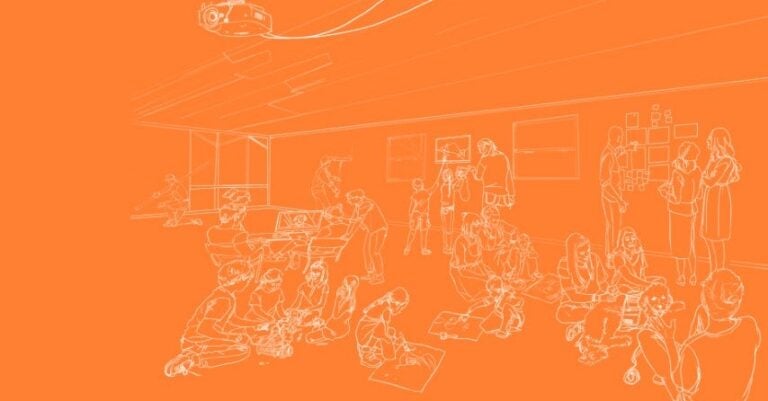
Teacher Preparation and The Next Education Workforce
This white paper describes how a new teacher-preparation residency program piloted by Arizona State University’s Mary Lou Fulton Teachers College with two Arizona school districts addressed the workforce design problem at the heart of the teacher shortage.

Implementation briefs: Teacher Preparation and The Next Education Workforce
This collection of implementation briefs is a companion piece to Teacher Preparation and the Next Education Workforce (Thompson et al., 2020) and goes deeper into several facets of the initial team-based models with teacher candidates, including: role descriptions, readiness conditions for district partners, financial models, and implications for teacher preparation.
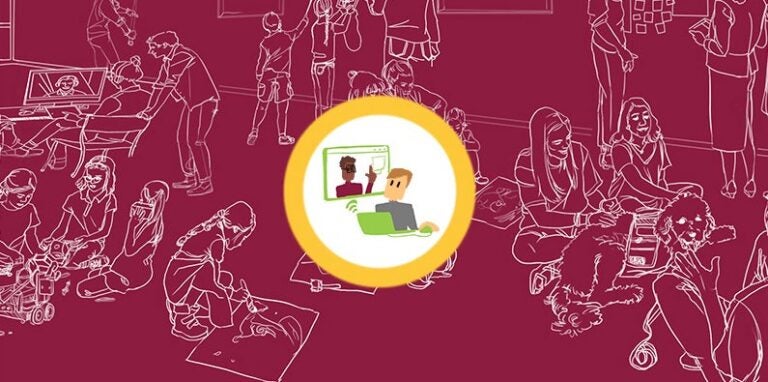
Roles for MLFTC Elementary Resident Teachers in an Online Setting
Thinking differently about MLFTC teacher candidate roles in the online learning environment can provide better support to teachers and students. In the resource below, you’ll find descriptions of roles appropriate

Roles for MLFTC Secondary Teacher Candidates in an Online Setting
Thinking differently about MLFTC teacher candidate roles in the online learning environment can provide better support to teachers and students. In the resource below, you’ll find descriptions of roles appropriate
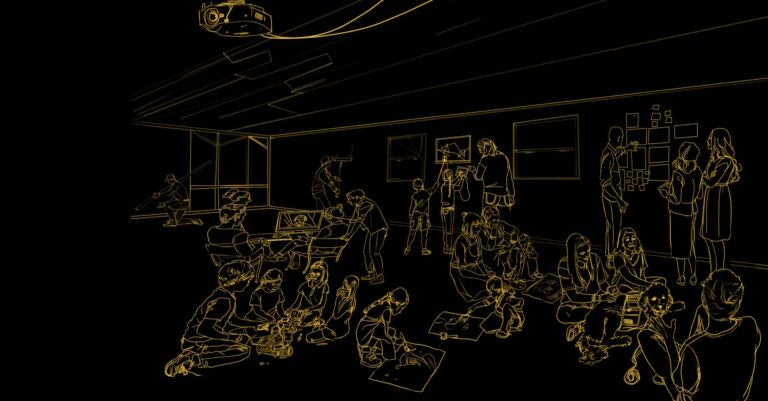
Westwood High School Academy Teams: Spotlight on the schedule
Approximately 900 ninth grade students at Westwood High School in Mesa, Arizona are distributed across six Academy Teams. Each core team consists of at least four educators: a lead teacher and three certified teachers. Depending on students’ needs, special educators, English Language Learner educators, MLFTC residents and paraeducators may also be included on the team. In this resource, you’ll explore the school’s schedule.
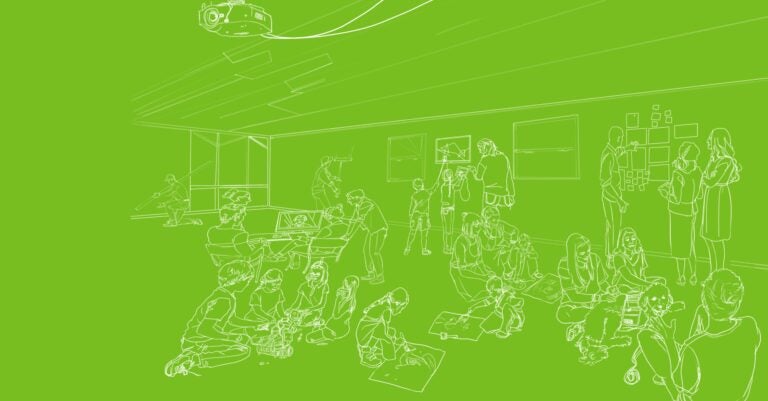
Personalized learning resources
Exploring a new topic can be exciting. We want to help make sure your exploration is productive, with targeted searches from reliable sources. This list, while not comprehensive, offers good resources for planning and implementing personalized learning.

Deeper learning resources
Exploring a new topic can be exciting. We want to help make sure your exploration is productive, with targeted searches from reliable sources. This list, while not comprehensive, offers good resources for planning and implementing deeper learning.